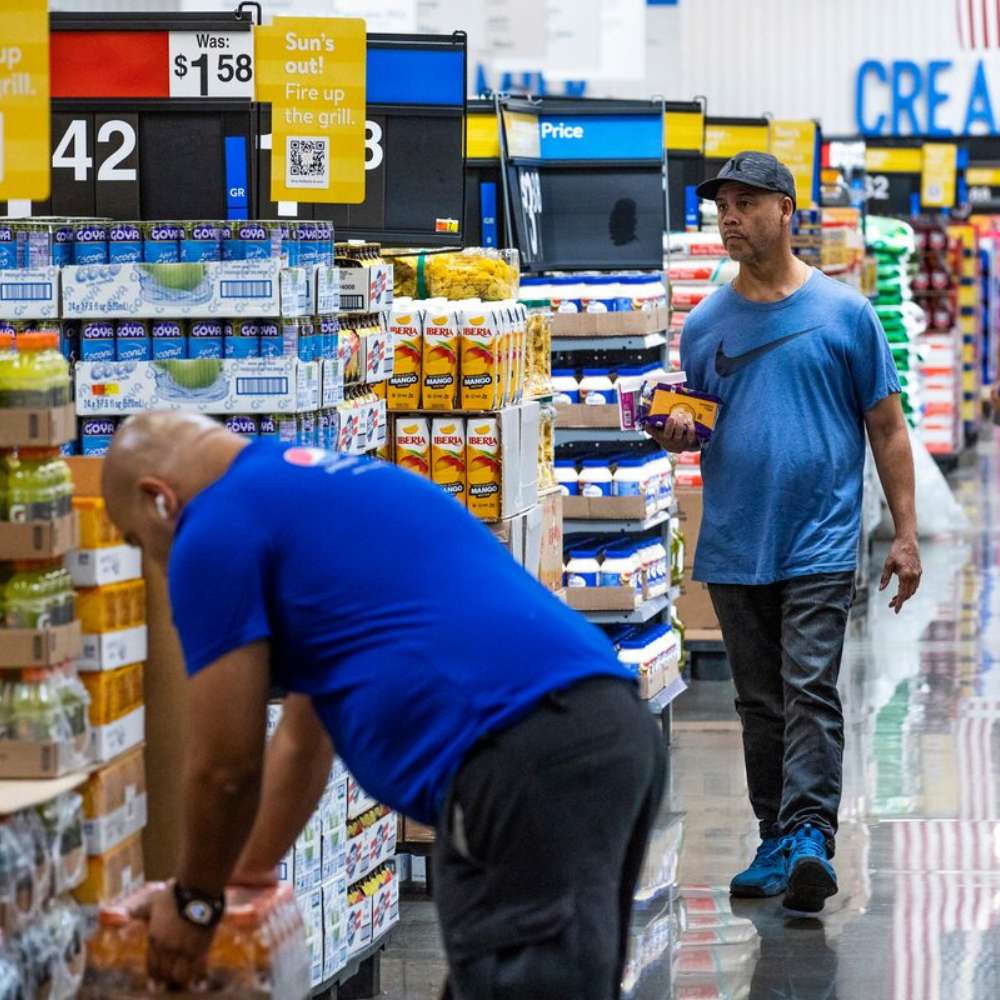Inflation rises in November, with consumer prices rising 2.7% over the past year, according to the latest Consumer Price Index (CPI) data released by the Bureau of Labor Statistics. This marks an increase from the 2.6% annual rise recorded in October and the highest annual rate since July. Every month, prices rose 0.3%, following four consecutive months of 0.2% increases.
While inflation remains a concern, the November data will unlikely prevent the Federal Reserve from moving forward with an anticipated interest rate cut next week. Economists had projected a 0.2% monthly increase and a 2.7% annual rise, primarily due to challenging comparisons from the previous year and persistent housing-related inflation.
Key Drivers of Inflation
Unlike in previous months, shelter-related costs were not the main factor driving the increase. While shelter prices rose 0.3% in November, accounting for nearly 40% of the overall gain, this figure was lower than the category’s influence in prior months. Instead, rising food and energy prices contributed significantly to inflation.
Food prices increased by 0.4%, while energy prices rose by 0.2%, marking the first increase in the energy category in six months. Prices for new and used cars also climbed, increasing by 0.6% and 2%, respectively.
The impact of inflation is particularly visible in areas like food and gas, where many households, especially those with lower incomes, allocate a large portion of their monthly budgets.
Economists note that while inflation rises dominate discussions, individuals often assess the economy based on their personal experiences. Despite a general slowdown in inflation compared to recent years, rising prices in essential categories like food and energy continue to strain household budgets.
Core Inflation Remains Steady
Food and energy prices are often subject to volatility caused by external factors such as weather or disease. To gauge longer-term inflation trends, economists focus on core inflation, which excludes these categories.
Core CPI rose 0.3% in November, maintaining a year-over-year increase of 3.3% for the third consecutive month. Analysts suggest this consistency aligns with expectations and supports the likelihood of another quarter-point interest rate cut by the Federal Reserve.
Rising Food Prices Add to Consumer Strain
The CPI measures changes in prices for a basket of commonly purchased goods and services, and in November, grocery costs became a significant pain point for consumers.
Prices for food purchased for at-home consumption increased by 0.5% from October, marking the largest monthly jump since January 2023. Categories like beef rose by 3.1%, while egg prices surged by 8.2% due to holiday demand and the impact of avian flu outbreaks. Egg prices have climbed 37.5% compared to the same time last year, underscoring the pressure on household budgets.
Although annual grocery price inflation remains lower than the overall CPI rate at 1.6%, the cumulative effect of years of higher-than-normal inflation rises has weighed heavily on consumers. Economists note that grocery price increases, particularly in staples like eggs, resonate strongly with households and are often viewed as symbolic of broader inflation trends.
Interestingly, not all grocery categories saw price hikes. The cereals and bakery products index dropped by 1.1%, marking the largest-ever monthly decline for this category since tracking began in 1989.
Implications for Federal Reserve Rate Cuts
Despite the inflation rises, the November CPI data largely aligns with expectations and supports the Federal Reserve’s plan for another interest rate cut. Financial markets and Federal Reserve officials have indicated that a rate reduction is likely, barring unexpected inflationary surprises.
However, the decision may not come easily, given recent trends. Year-over-year inflation measures have shown slight increases, and key indices such as the Producer Price Index and Personal Consumption Expenditures price index have also risen.
One area of progress is in shelter costs, which have been a significant driver of inflation over the past two years. The shelter index, which accounts for one-third of the CPI basket, has slowed from its peak annual rate of 8.2% in March to 4.7% in November, the lowest since February 2022. Excluding shelter inflation, all other prices rose just 1.6% year-over-year, indicating some underlying stability.
Challenges Ahead
Looking to 2025, economists highlight potential challenges that could slow progress in reducing inflation. For instance, any new tariffs imposed early next year could exacerbate inflationary pressures.
The November CPI data suggests that while inflation rises remain persistent, progress is being made in key areas like housing costs. Policymakers will need to balance these developments with emerging risks to ensure a steady path toward lower inflation in the months ahead.







